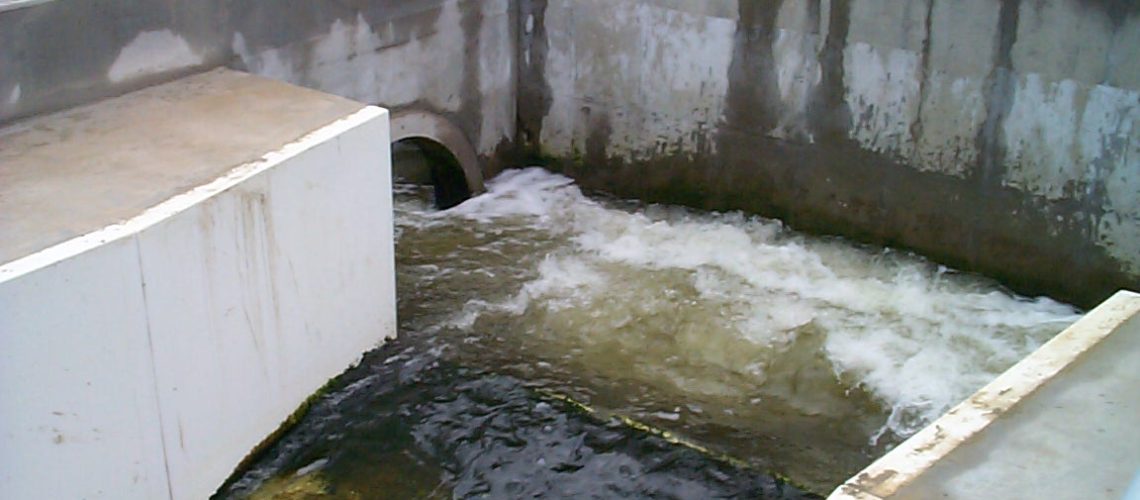When it comes to flow rate measurement, the general idea is fairly straightforward. Unfortunately, there are some common mistakes that arise more often than you might think. When you know what to look out for, however, making sure your measurements are accurate is easy. Check out the common flow rate measurement mistakes you’ll need to avoid.
Poor-Quality Device
Having a measurement device of poor quality is the easiest way to run into measurement mistakes. Whether you opt for a weir box or a flume, you’ll need to make sure that the device has accurate dimensions that are strictly maintained throughout the construction process. Flumes especially have to have exact measurements for the throat width, while weirs need to have the right crest elevation. Failing to meet these two specifications is all too common.
Measuring at the Wrong Spot
Even if your device is fabricated and set up perfectly, it won’t do much for you if you take measurements at the wrong spot. Because of how equations make use of the head-to-flow relationship that weirs and flumes are built for, the proper point of measurement is a singular spot. If you’re not measuring at that spot, your value for the flow head will be off. Keep in mind that the point of measurement will always be located upstream of the point of criticality.
Measuring Incorrectly
Measuring the head level is the key to getting the results you need, but problems can arise even if you’re measuring at the right spot. For example, you’ll have to make sure your flow meter is calibrated properly before taking measurements. Even when using instruments like staff gauges, you’ll still have to find the correct zero point prior to measurement. The floor isn’t always the spot to measure from. In Palmer-Bowlus flumes, for example, measuring from the floor would make the water level measure higher than it actually is by the height of the ramp.
Poor Installation
If a flume or weir is installed incorrectly, you don’t have much chance of getting accurate measurements. Weirs in particular require sizable weir pools upstream. If the weir pool isn’t large enough, you’re not going to have the proper approach velocity. Additionally, weir plates must be entirely vertical to ensure the proper flow of water over the crest. When it comes to flumes, you’ll need to make sure they’re installed level from both front to back and side to side.
Neglecting Maintenance
Proper maintenance is essential for the correct functioning of all weirs and flumes. While a fiberglass flume is one of the best options if you want to do as little maintenance as possible, some maintenance is still required. You’ll need to clear out any sediment buildup as well as any growth or debris around the flume. Frost heave can be a problem in cold-weather locations, while earthen channels must be protected against shifts that can cause bypass and undermining.
Wastewater Applications From Tracom
With common flow rate measurement mistakes to avoid in mind, it’s time to get a flume or weir of your own. At Tracom, you’ll find a wide variety of open channel flow applications available including the ability to get one custom-made by our design team that specially fits your unique flow channel conditions. Contact us today to get started!



